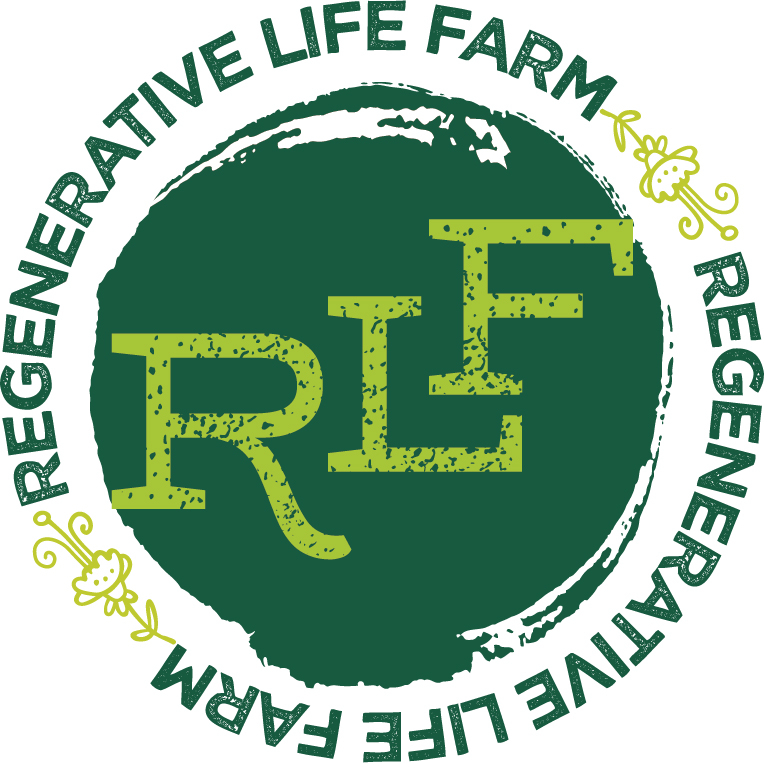Soil
This appeared in the February 10, 2022 edition of The Fish Wrap.
Our ancestors of long ago understood that we are part of nature, not that nature was something you had to travel to see. They understood how alive and interconnected the soils, plants and animals were even though they couldn’t see the microbiology that made them so. With our “advancement” over the last few decades in understanding gut health and soil health we are slowly realizing what the ancients knew.
Soil has three basic areas to examine. The physical structure and composition of a soil is important. We evaluate this by looking at the ratios of sand, silt, clay and organic matter. Chemistry is the variety of elements in and attached to soil particles. Perhaps the most interesting aspect is the soil food web that encompasses all living organisms in the soil. Soil is a living organism. Dirt is just the structure and chemistry, but lacks the biology that makes soil.
Biology can make almost any soil productive. The abilities of the microorganisms can overcome many imbalances in the chemistry and structure, but the chemistry and structure can’t overcome the lack of biology. Biology trumps chemistry. As more and more people realize the importance of the soil food web, more debate comes up on how to improve it. One of the easiest ways to tell how well the biology is functioning in the soil is with a microscope.
Regardless of your job description, you should care about the microbes that make soils thrive, that grow nutrient dense foods, and that feed and nourish us all. Maybe you won’t buy a microscope and pull soil samples to examine, but you could skip the boring parts and watch some cool microbes on YouTube and be aware of what you put in and on yourself that affects your microbiome. Feed the living Soil!
